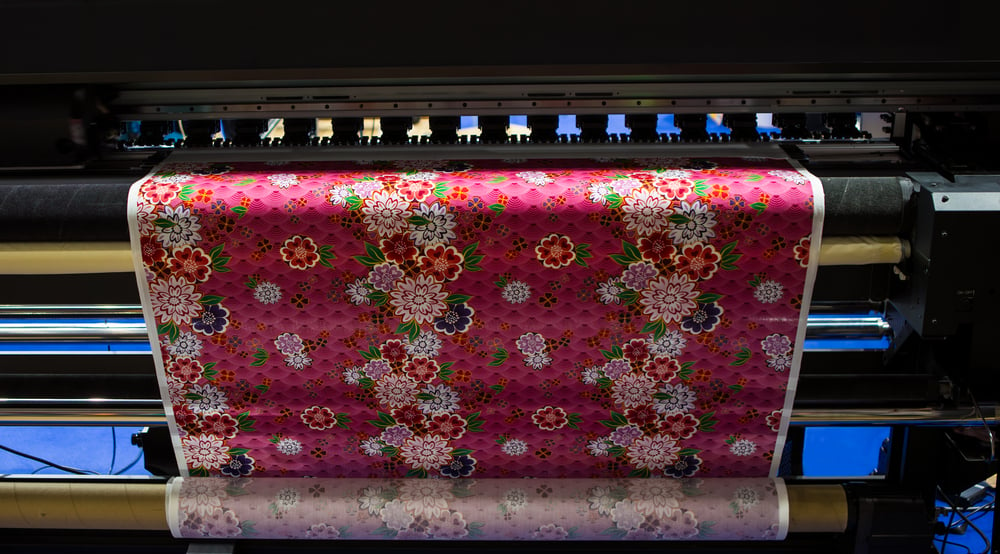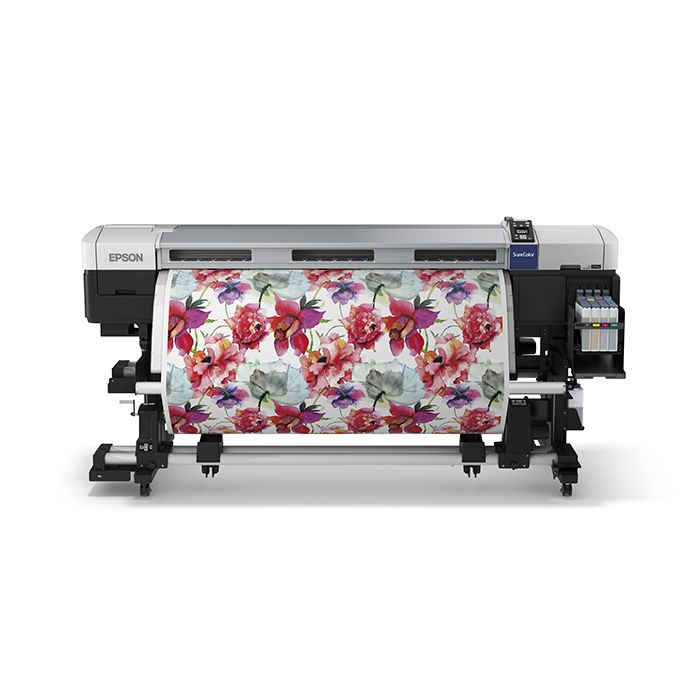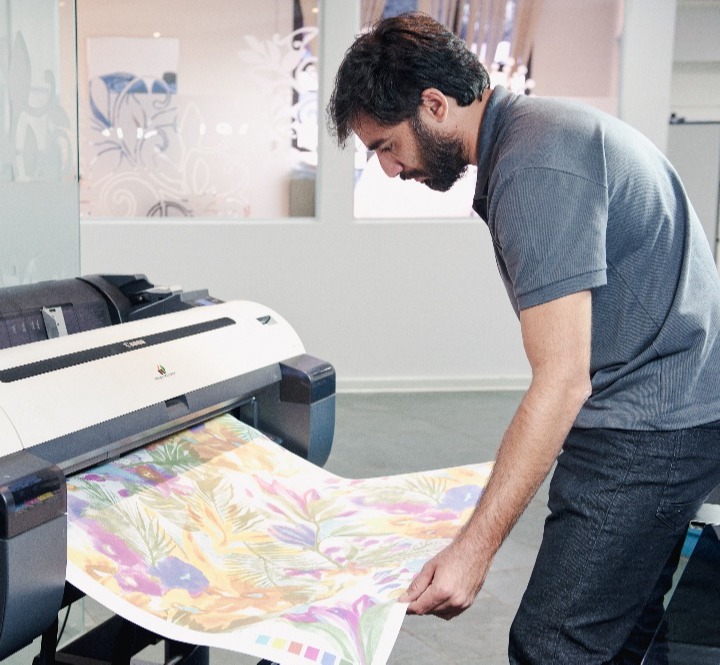Raise Your Layouts with DTF Printing: A Comprehensive Overview
Wiki Article
The Surge of DTF Printing: Exploring Its Applications and benefits
The introduction of Direct to Movie (DTF) printing modern technology is revolutionizing the custom apparel industry, giving remarkable benefits and a broad selection of applications. As the hunger for custom goods continues to broaden, recognizing exactly how DTF printing can meet these developing needs is progressively critical.
Understanding DTF Printing Innovation
Comprehending DTF Printing Technology marks a significant improvement in the fabric printing market, specifically for its versatility and effectiveness. Direct-to-Film (DTF) printing is a cutting-edge procedure that involves printing styles onto unique transfer movies, which are after that transferred onto textile utilizing warm and pressure. Unlike typical methods, DTF printing does not need pre-treatment of the textile, enabling a more streamlined operations.
As soon as healed, the film is put onto the textile, and a warm press transfers the style by applying consistent warmth and stress. This leads to dynamic, high-grade prints that stick effortlessly to different fabric kinds, consisting of cotton, polyester, and blends (DTF printing). The technology's ability to produce brilliant and elaborate designs with marginal configuration makes it a game-changer in the textile printing arena
Trick Advantages of DTF Printing
One of the vital advantages of DTF printing is its exceptional adaptability, which permits top quality prints on a vast array of textile types. This capacity extends past conventional cotton to consist of polyester, nylon, natural leather, and also blended textiles, making it perfect for varied textile applications. This flexibility decreases the demand for numerous printing innovations, improving manufacturing processes and minimizing overall expenses.
An additional considerable advantage is the superior print top quality that DTF modern technology provides. By using dynamic, durable inks and exact application approaches, DTF prints maintain their shade fidelity and sharpness also after numerous washes. This results in an item that not only looks expert yet also stands the examination of time, providing regular value to both end-users and manufacturers.
Additionally, DTF printing supplies a simplified workflow, which can cause raised efficiency and productivity. Unlike standard approaches such as display printing, DTF does not call for complex setup or extensive drying times. This simplicity of usage makes it an eye-catching alternative for businesses of all sizes, enabling quicker turnaround times and the capability to deal with small to large manufacturing runs with minimal inconvenience.
Applications in Custom-made Clothing
In the world of custom-made clothing, DTF printing sticks out as a game-changing innovation that allows designers and manufacturers to create bespoke clothing with unrivaled information and high quality. Direct-to-film (DTF) printing has changed the custom-made clothing industry by supplying versatility in design, dazzling color recreation, and durability. This cutting-edge technique permits for complex designs to be moved onto a broad range of materials without compromising the honesty of the product.
One considerable application of DTF printing remains in creating custom tees, hoodies, and sports apparel. The capability to publish complicated graphics with great details and slopes makes it optimal for customized apparel, such as group attires and marketing goods. Additionally, DTF printing is specifically beneficial for one-off pieces and limited-run orders, offering a cost-effective and efficient solution compared to traditional display printing approaches.
In click to read addition, DTF printing has opened new methods for fashion designers to explore one-of-a-kind patterns and textures, allowing the creation of cutting-edge, avant-garde collections. This innovation also supports small companies and independent artists by lowering the obstacles to access in the custom garments market. Ultimately, DTF printing is reshaping the landscape of custom apparel, merging artistic expression with technological development.
Adaptability Throughout Different Products
Building on the improvements in custom-made garments, DTF printing's convenience throughout various materials even more boosts its appeal. Unlike typical printing approaches, DTF (Direct-to-Film) printing can be put on an extensive variety of substratums, consisting of cotton, polyester, blends, leather, and even hard surface areas like timber and glass. This versatility is achieved via the one-of-a-kind procedure where styles are printed onto a special movie and after that transferred onto the product making use of a warmth press. This enables dynamic, high-quality prints that keep their integrity across various textures and make-ups.The ability to publish on varied materials opens various opportunities for services throughout various industries. In the promotional products market, companies can tailor a broad selection of items, from carry caps and bags to mugs and phone situations, all with the exact same printing modern technology. In the garment industry, DTF printing enables designers to trying out intricate patterns and lively shades on unconventional materials, pressing the borders of creativity.
Furthermore, DTF printing's compatibility with various products also translates to cost-efficiency and decreased review waste, as producers can utilize the very same tools for several applications. This convenience not only broadens the scope of product offerings however likewise improves functional performance.
Future Potential Customers of DTF Printing
As the market progresses, the future leads of DTF printing are positioned to change numerous sectors via continual innovation and technical advancements. The surge popular for customized apparel and promotional goods is driving the demand for extra reliable, versatile, and affordable printing methods. DTF printing, with its ability to generate high-quality, durable prints on a wide array of products, stands at the leading edge of this improvement.
Arising patterns indicate that DTF printing will increasingly incorporate with automation and AI innovations, improving production rate and minimizing labor expenses. Advanced software application services will better enhance style precision, shade matching, and print consistency, addressing a few of the present limitations. In addition, green inks and recyclable transfer movies are expected to obtain traction, aligning with worldwide sustainability objectives.
Industries past textiles are additionally checking out the potential of DTF printing. The modern technology's versatility makes it ideal for applications in home design, automobile insides, and even clinical devices. As r & d initiatives remain to increase, the scope of DTF printing will likely widen, opening new methods for industrial and innovative applications. In find this summary, the future of DTF printing is brilliant, encouraging considerable innovations and broader market adoption.
Conclusion

Comprehending DTF Printing Modern technology notes a considerable development in the textile printing industry, specifically for its convenience and performance. Direct-to-Film (DTF) printing is a sophisticated procedure that involves printing designs onto special transfer films, which are then transferred onto material utilizing warm and stress. DTF printing is specifically useful for one-off items and limited-run orders, giving a efficient and affordable service contrasted to traditional display printing techniques.
Unlike traditional printing techniques, DTF (Direct-to-Film) printing can be used to an extensive range of substratums, consisting of cotton, polyester, blends, leather, and even hard surface areas like wood and glass.DTF printing modern technology is revolutionizing the personalized clothing industry by giving reliable, cost-efficient, and functional services for producing vivid layouts on different textiles without pre-treatment.
Report this wiki page